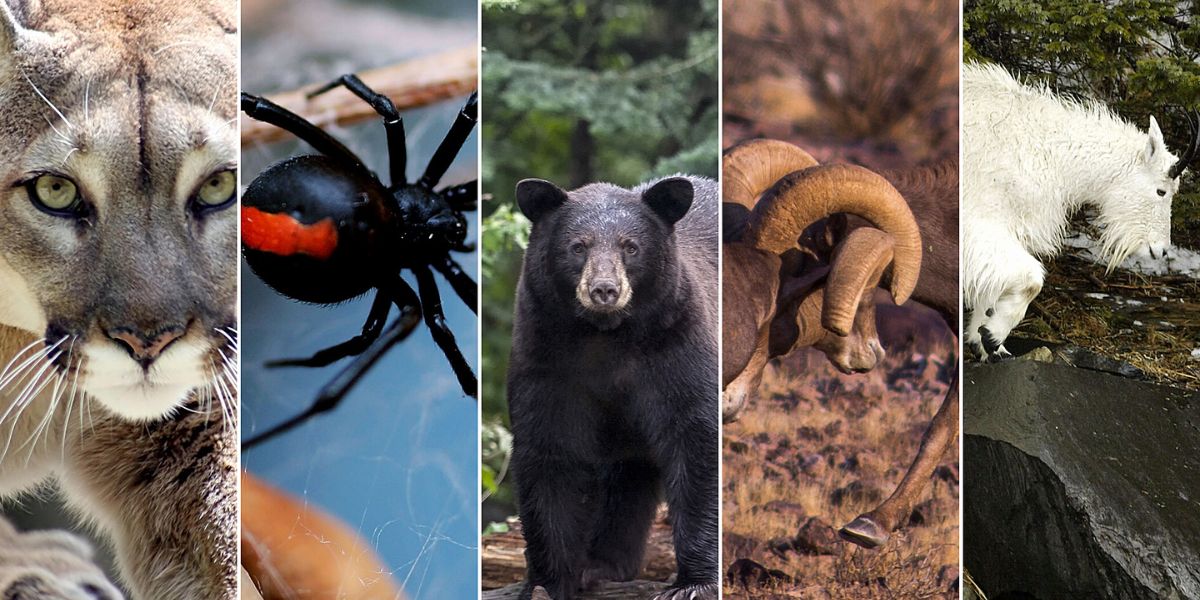Arkansas, renowned for its rich biodiversity and scenic landscapes, is currently grappling with the proliferation of several invasive and dangerous species. These animals not only threaten the state’s native ecosystems but also pose significant risks to agriculture, public health, and local wildlife. Here are five of the most concerning species making their presence felt across Arkansas.
1. Northern Snakehead: The Air-Breathing Predator
Originally from East Asia, the northern snakehead fish (Channa argus) has established itself in various U.S. states, including Arkansas. This aggressive predator can grow up to three feet in length and possesses the unique ability to breathe air, allowing it to survive out of water for extended periods.
Its adaptability enables it to traverse short distances on land, further facilitating its spread. The snakehead’s voracious appetite and rapid reproduction—females can lay up to 50,000 eggs—pose a significant threat to native fish populations by outcompeting them for food and habitat. Due to its detrimental impact, authorities urge residents to report sightings and, if possible, eliminate the fish on sight.
2. Feral Hogs: The Unstoppable Invaders
Feral hogs (Sus scrofa), a hybrid of domestic pigs and wild boars, have become one of the most destructive invasive species in Arkansas. With an estimated population of 6 million across the U.S., these adaptable animals cause extensive damage to crops, forests, and waterways.
Their rooting behavior disrupts soil composition, leading to erosion and the destruction of native plant life. Additionally, feral hogs are known carriers of diseases that can be transmitted to livestock and humans. Efforts to control their population through hunting have proven largely ineffective, as these intelligent creatures quickly adapt to avoid traps and hunters.
3. Giant Apple Snails: A Threat to Wetlands and Agriculture
Native to South America, giant apple snails (Pomacea maculata) have been introduced to Arkansas, primarily through the aquarium trade and contaminated shipments. These large freshwater snails are notorious for their rapid reproduction and insatiable appetite for aquatic vegetation.
Their feeding habits can decimate native plant populations, disrupt aquatic ecosystems, and damage rice crops—a significant concern for Arkansas’s agricultural sector. Furthermore, they can carry parasites harmful to humans, emphasizing the need for vigilant monitoring and control measures.
4. Venomous Snakes: A Persistent Danger
Arkansas is home to six venomous snake species: the copperhead, cottonmouth, Texas coral snake, western diamondback rattlesnake, western pygmy rattlesnake, and timber rattlesnake. These snakes are found throughout the state, inhabiting various environments from forests to wetlands. While they play a role in controlling rodent populations, their presence poses risks to humans and pets, especially in areas where human activity intersects with their habitats. It’s crucial for residents and visitors to be aware of these species, recognize their appearances, and exercise caution when in snake-prone areas.
5. Nutria: The Wetland Destroyers
Nutria (Myocastor coypus), large semi-aquatic rodents native to South America, have become a significant problem in Arkansas’s wetlands. Introduced to North America for the fur trade, many escaped or were released into the wild, where they established thriving populations. Nutria feed on a vast amount of vegetation daily, leading to the destruction of wetlands, erosion of riverbanks, and loss of habitat for native species. Their burrowing behavior further compromises the integrity of levees, dams, and other flood control structures, posing additional risks to human infrastructure.
Conclusion
The rise of these dangerous and invasive species in Arkansas underscores the importance of public awareness and proactive management strategies. Residents are encouraged to stay informed, report sightings to appropriate authorities, and support conservation efforts aimed at preserving the state’s rich biodiversity and natural resources.






